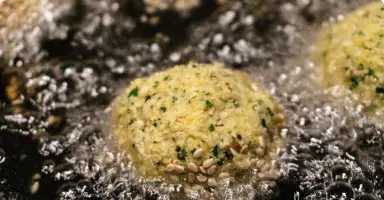and…. Who cares?
Used cooking oil and greases have value in today’s greening world and so accurately describing them to a buyer such as Lifecycle Renewables, matters.
If it comes out of a fryolator or other deep frying apparatus, it is usually described as:
Used Cooking Oil
Used fryer oil
Waste Vegetable Oil
and if it solid before used, it is called Vegetable Shortening (Crisco) and potentially Palm Oil.
Typically these waste oils are plant based, such as soy, canola and corn being among the most prevalent and valuable. These oils are liquid when you buy them and liquid when you sell them on as waste. Vegetable oils because of their ability to stay liquid in cold temperatures typically fetch the highest values. This is because they are most easily converted into a fuel.
If the material you wish to sell is from an animal and therefore typically solid at room temperature, we call this animal fat. You will know the difference between used vegetable oil and waste animal fat, because the animal fat will be white and soupy at best or potentially solid and look like butter. This is more difficult to convert into a fuel and therefore typically fetch lower values than waste vegetable oil. Most animal fat will come from a griddle, rotisserie and can also be found in your grease trap. (everything can be found in your grease trap!)
The industry uses the term “grease” to describe both vegetable oils and animal fats. Lifecycle Renewables services the entire grease picture from fryer oils, to animal fats and anything that ends up in your grease trap. Let us know how we can help make the most of your grease!
